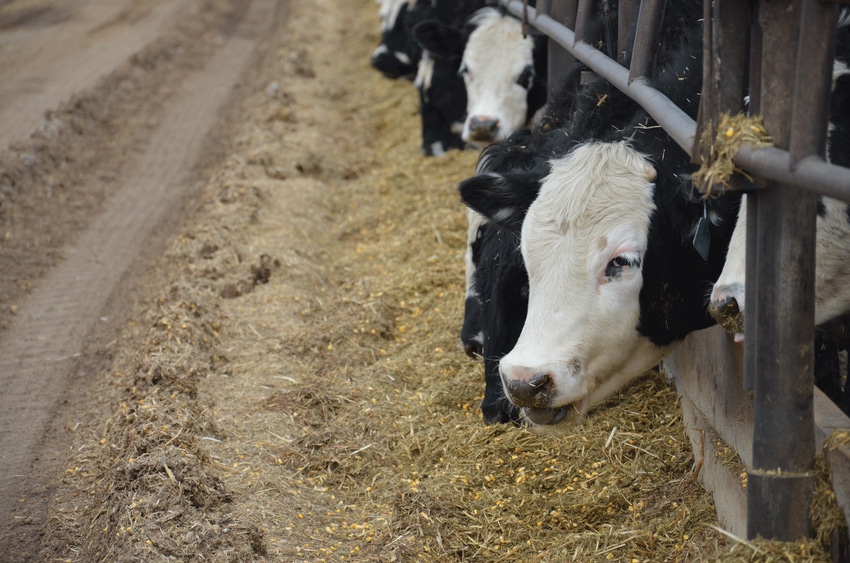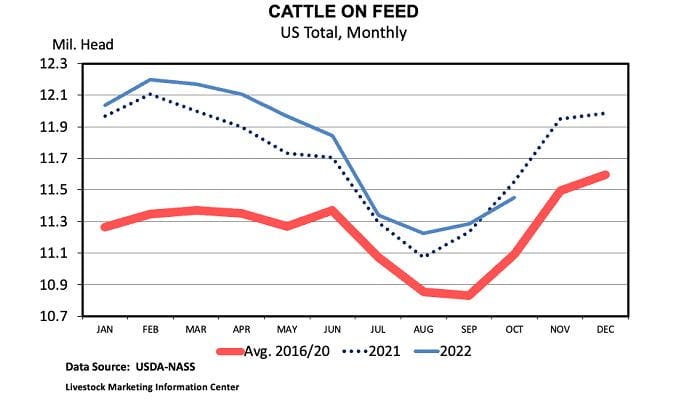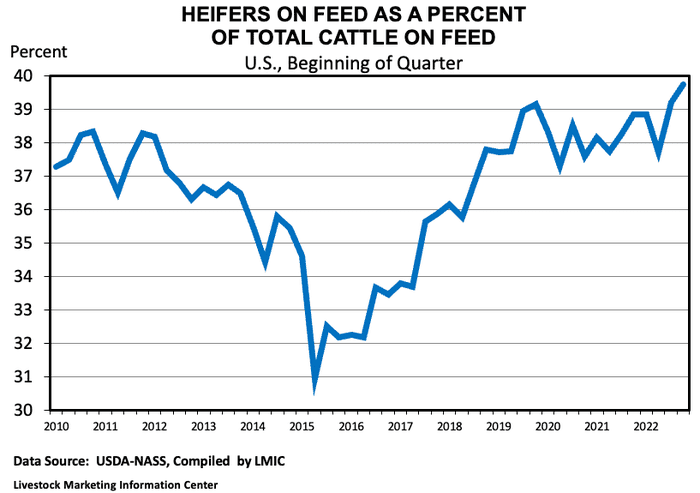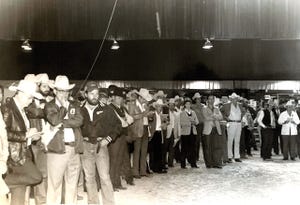Cattle on feed dips below year-ago
Declining calf crops should eventually lead to lower feedlot inventories.
October 26, 2022

The latest Cattle on Feed report was the first month in 2022 that feedlot inventories were below year-ago levels.The report was largely in line with pre-report expectations.Total cattle on feed as of October 1 was estimated at 11.45 million head which is about one percent lower than the same date in 2021. As shown in the chart below, inventory increased from September to October, but this was driven by the usual seasonal pattern of building inventories in the fall. The decline from a year-ago is a more telling comparison and has implications for inventories this fall and beef production in 2023.

Feedlot inventories were destined to dip below year-ago levels at some point. Declining calf crops the past few years should eventually lead to lower feedlot inventories. However, herd liquidation impacts and large placements of lighter cattle kept feedlot inventories elevated through the summer. More light cattle were placed in the spring and summer than usual. While that pushed up feedlot inventory numbers in the summer, those same cattle will not be around for placement this fall when they might have typically moved into feedlots.
Additionally, the number of heifers on feed is higher as producers have decided to retain fewer heifers for breeding purposes. Drought and high input costs are major drivers of these decisions. The latest report included the quarterly feedlot mix estimates and the percentage of heifers in feedlots was just under 40 percent on October 1st. This is the largest share of heifers in feedlots over the past 20 years as shown in the chart below. The number of steers on feed is about two percent below year-ago while the number of heifers is more than one percent higher.

This report could be the beginning of a streak of lower feedlot inventories when compared to a year ago. There is still uncertainty surrounding placements moving forward, though. Poor pasture conditions and an unfortunate outlook for winter wheat suggests continued placements of lighter cattle that might normally spend more time grazing.
Tighter cattle and beef supplies in 2023 appear to be a foregone conclusion at this point. Decreasing feedlot inventories this fall will likely lead to lower beef production in 2023 and there will be fewer cattle to be placed next year. Fewer cows and heifers to calve next year implies tighter supplies of feeder cattle next year, too. These market fundamentals provide significant support for stronger cattle prices moving forward.
Source: Mississippi State University
You May Also Like
.png?width=300&auto=webp&quality=80&disable=upscale)


